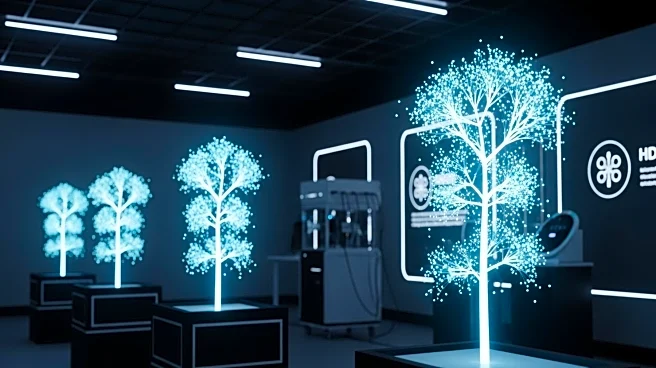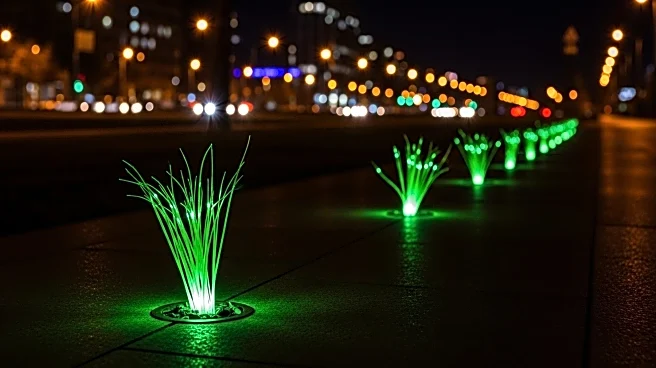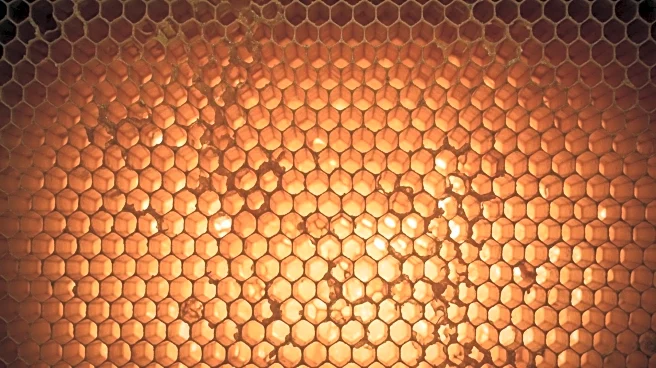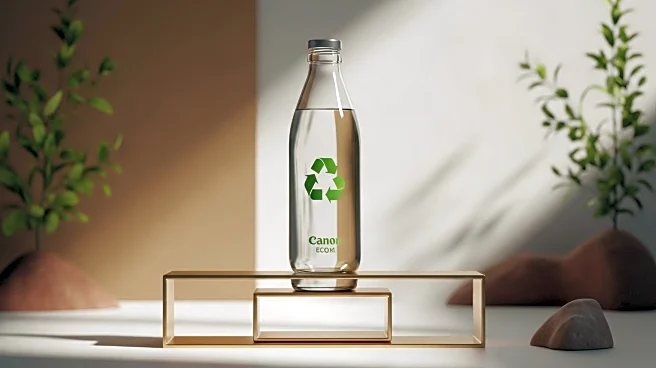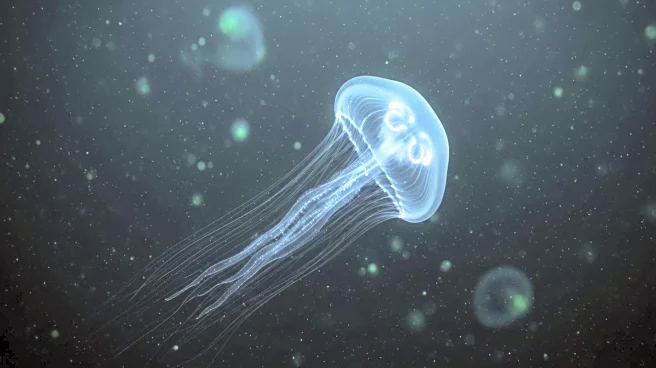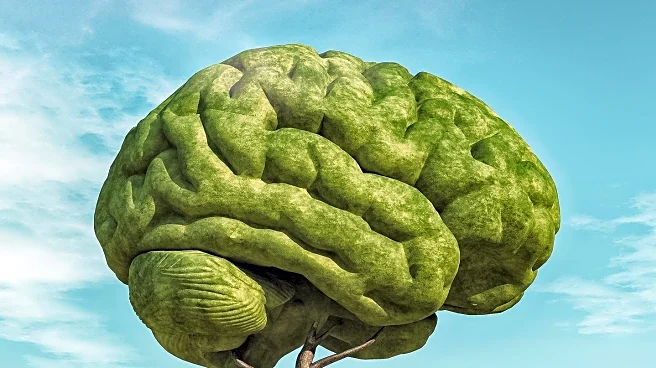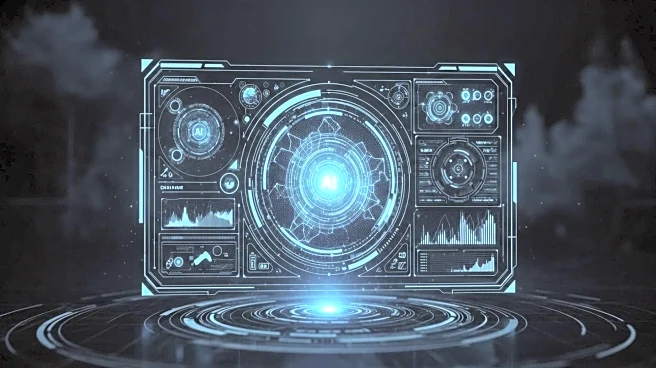What's Happening?
Researchers from South China Agricultural University have created glow-in-the-dark plants by injecting phosphorescent chemicals into the leaves. While the plants exhibit unprecedented brightness, critics argue that this method is more of a gimmick than a practical solution for sustainable lighting. The process involves injecting phosphor particles into each leaf, which allows the plants to emit light in various colors. However, concerns have been raised about the environmental impact and practicality of using such plants as a lighting solution.
Why It's Important?
The development of glow-in-the-dark plants highlights the ongoing search for sustainable lighting alternatives. While the concept is innovative, the practicality and environmental implications of using phosphorescent chemicals in plants are under scrutiny. Critics argue that the method may not be a viable long-term solution due to potential pollution issues and the temporary nature of the glow. This raises important questions about the balance between innovation and environmental responsibility in the pursuit of sustainable technologies.
Beyond the Headlines
The ethical and environmental considerations of using phosphorescent chemicals in plants are significant. The potential pollution from disposing of these plants and the lack of biodegradability of the chemicals used are concerns that need to be addressed. Additionally, the method's reliance on manual injection of chemicals into each leaf may limit its scalability and practicality for widespread use. These factors highlight the need for further research and development to create truly sustainable and environmentally friendly lighting solutions.
